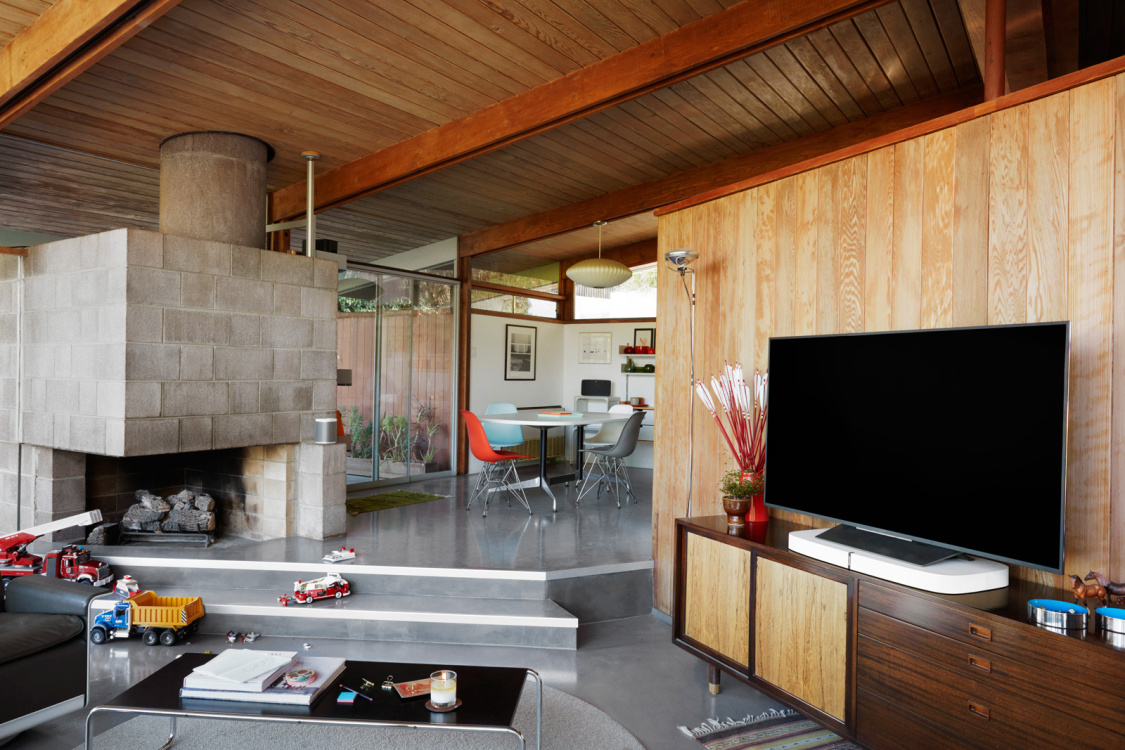The Sonos Playbase Is A $700 Speaker That Sits Under Your TV


Sonos has a brand new speaker for the first time since 2013. The company has redesigned and refreshed some existing products in its popular lineup of multi-room audio speakers since then, but today marks the introduction of Sonos’ first wholly-new device since the Playbar. Yes, it’s called the Playbase, and yes, it’s another speaker meant to be paired with your television. The $699 Playbase, which starts shipping April 4th, has a relatively simple reason for existing: most TVs — Sonos says roughly 70 percent — aren’t wall-mounted. Those people, who just attach their TV to the stand in the box and call it a day, are who the Playbase is for. If your set is mounted, Sonos is still selling the Playbar at the exact same price point. This isn’t so much a successor as it is an alternative.
The Playbase supports TVs up to 75 pounds. If your TV stand sits beneath your set at the center, you can just put it directly on top of the Playbase. If not, for TVs that have legs on each side, the unit’s height (2.28 inches) should allow it to fit between them underneath the display in many cases.
It’s not an attention grabber in the grand scheme of your living room, but if you examine the Playbase up close, the design is pretty impressive. Weighing a little under 20 pounds, the Playbase feels like a solid, seamless piece of poly-carbonate. It’s like a squashed, flattened Play:5. Tap on it with a knuckle and it’s not hollow. There’s no rattling inside. Sonos’ designers have structured the Playbase to withstand the weight of a TV “for years” and it feels every bit that sturdy. Up front is the Sonos logo, flanked by 43,000 individually-drilled holes that increase in size as they progress to the sides of the Playbase. The top surface is completely smooth and flat, featuring the same touch controls as the Play:5 speaker. Around back are three ports: ethernet, optical audio, and a power input.
Credit: The Verge










